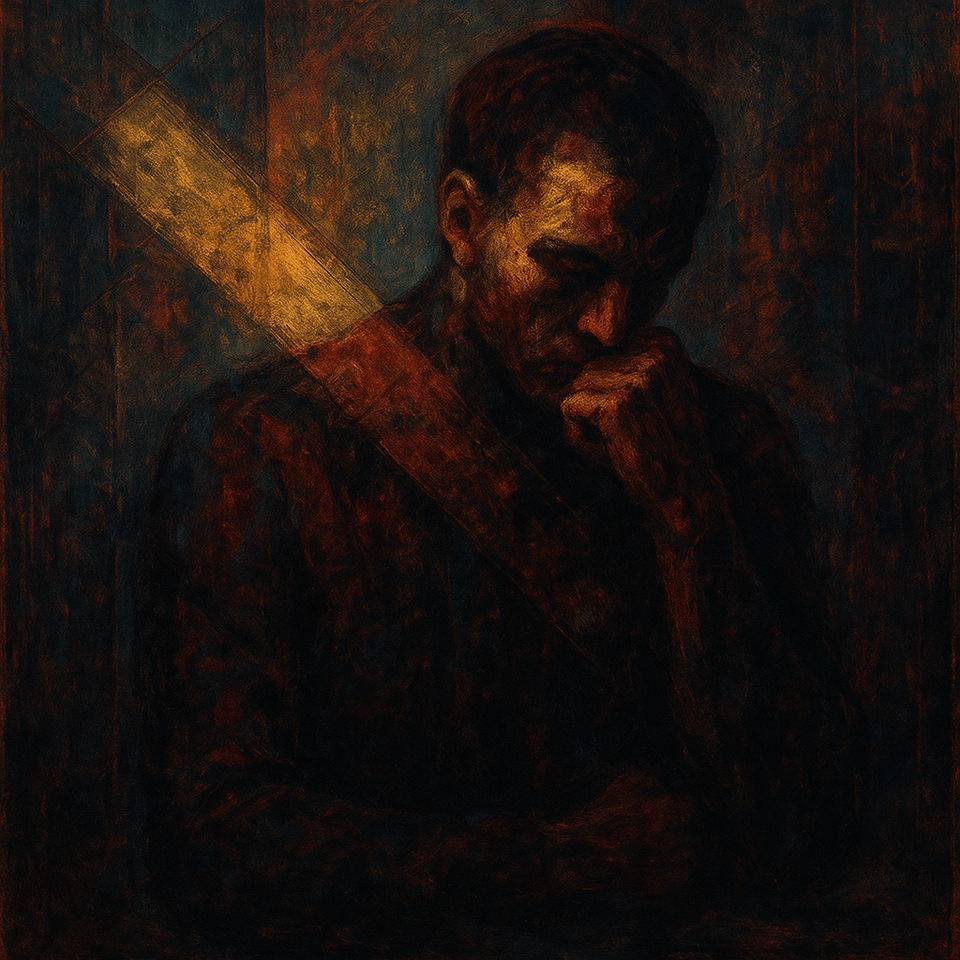
The Invisible Balance: Understanding Pareto Efficiency, Markets, and the Zero-Sum Game
In markets, the 80/20 rule is more than a cliché—it’s the operating system. Pareto efficiency ensures that once an edge becomes visible, it disappears. The zero-sum nature of trading means every gain is another’s loss. To survive, it’s not enough to know the truth—you must anticipate what others will believe next, and act before they do.








